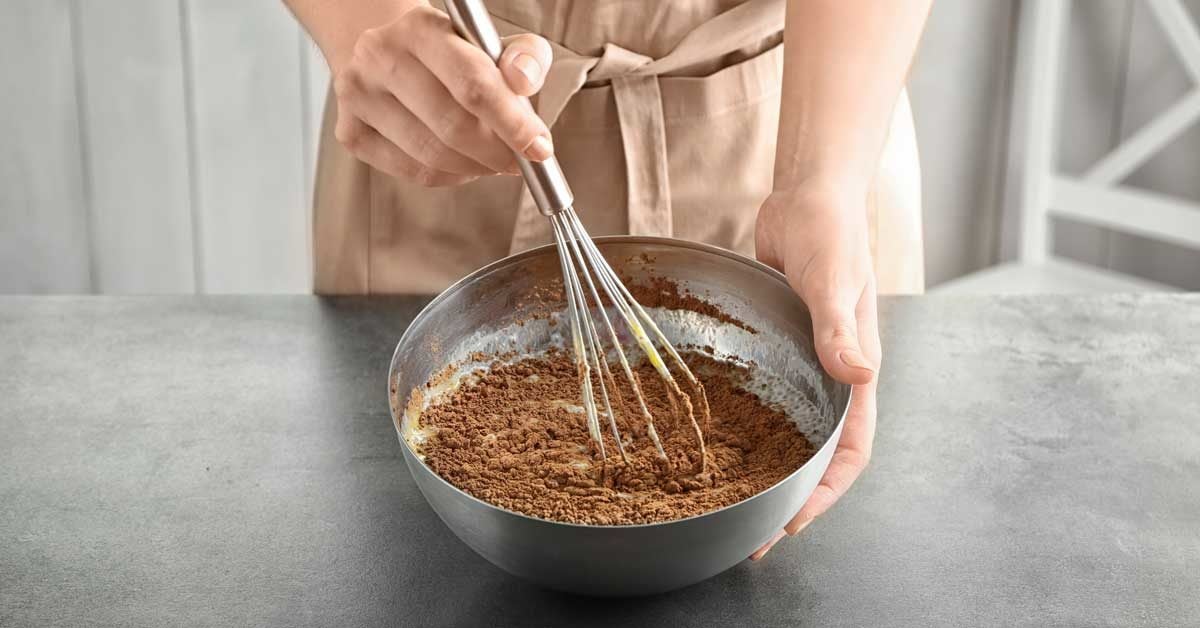 6 Substitutes for Tapioca Flour
6 Substitutes for Tapioca FlourJavaScript seems to be disabled in your browser. For the best experience on our site, be sure to enable Javascript in your browser. Free shipping to most orders over $59. 5 Substitutes of Flour Tapioca to try The stars are one of the most common ingredients to bake at home. They can be used to thicken soups, create gluten-free baked products, and are a great way to increase the texture of your favorite recipes! Guess what? They're easy to use too! As a baker myself, I have seen firsthand the various uses of baking starch. Whether you choose to use starch as a thickening agent, an increase in texture, or to help unite gluten-free ingredients, your recipe is sure to benefit! So, what happens when a recipe calls the tapioca flour, and you have nothing on hand? Don't worry! Instead of running to the grocery store to buy another bag, there are a variety of different substitutes that you can use to create the same fantastic taste. You're not sure where to start? We have prepared this list of five of our favorite replacements of tapioca flour that you can try in the kitchen. Now let's start! Arrowroot StarchBoth tapioca starch and arrowroot starch are essential ingredients in gluten-free cooking. Drying of similar plants, tropical tubers, work well when used to thicken dishes and add structure to a recipe. While both are thickened effectively, there is a main difference between the two: the arrow retains its thickness even when it froze or froze. Because the upholstery starch does not keep up to the freeze, as well as the arrow starch, if you plan to freeze your leftovers, then we recommend you exchange tapioca flour for arrow starch. However, if you are adding starch to your recipe to help tie the ingredients, as in gluten-free products, then tapioca flour will surely yield better results. If you are out of the tapioca flour and still want to use the tailor flour as a binding agent, then we recommend mixing it with different gluten-free flours before adding it to the recipe. Curious to know where the arrow flour comes from? Commonly packaged as arrow flour, arrow starch and arrow dust, this starch is extracted from the arrow plant. It is tasteless and smellless, and as a tapioca flour, you can add to any recipe without changing the flavor. Another thing we like about arrow dust is how natural it is! When buying this powder, it is essential to read all the labels in that packaging. Some versions of arrow starch add potato starch to the mixture. While potato starch is another useful starch, quality flours will have the arrow starch on the list as the only ingredient. We have discussed how arrow starch can be used as a replacement for tapioca flour. However, the tapioca flour on one side, the arrow starch has several own uses. An incredibly versatile starch, the root arrow flour is commonly used as a thickening agent and is added to soups, cake fillings and puddings. Apart from thickening recipes, root arrow starch can also be used to add structure to baked products. Or, you can spray it on your favorite tofu recipe to add a crispy texture as a restaurant to the dish! Either way you decide to use the arrow flour, we're sure you won't be disappointed. CornstarchCornstarch, also known as corn flour, is a common starch and is used in many kitchens. Like other starches, corn starch is commonly used as a thickening agent and works to thicken the dishes to the desired texture. A powdered white substance, this starch is not used only for culinary purposes. Cornstarch can also be used for domestic purposes such as making soap! Cornstarch is also used as an anti-caking agent and is added to packaging products such as crushed cheese. In addition, corn starch is used in the manufacture of simple sugars such as corn syrup. I wonder how corn starch accumulates next to the tapioca flour? Surprisingly, they are very similar. The main difference in tapioca flour and corn starch is how they are source. As I could have guessed, corn starch is a source of corn, while tapioca flour comes from the root of the mandex plant. The cassava plant is a tropical tuber, which means that the structural tapioca flour has more in common with other stars such as the arrow flour and potato starch than with corn starch. Despite these differences, both corn starch and tapioca flour work well when thickening liquids. If you're replacing upholstery starch with corn starch as a thickening agent in a recipe, the good news is it will work! However, when you do, you will want to add corn starch to the recipe differently than you could tapioca starch. Generally, when a dish calls the tapioca flour, they will suggest adding this starch at the end of the recipe to prevent the molecules in starch from falling apart. Cornstarch, on the other hand, rises well at high temperatures and can be added at the beginning of a recipe. Another difference to take into account when changing tapioca flour for corn starch is how the result will be seen. Tapioca flour usually provides a bright end product, while corn starch results in more than one matte finish. In most recipes, these two starchs can be used interchangeably. However, you will want to be careful of the listed differences and only change in corn starch if the tapioca flour is not readily available to you. Potato StarchPotato starch, starch found in potatoes, offers a wide variety of benefits and can work efficiently as a substitute for tapioca flour. Potato starch is gluten free and easy to cook, making it a great starch to use in gluten-free baking. Its neutral flavor makes it a natural starch to add to any recipe without changing the flavor. Potato starch is also a starch that is known to tolerate heat better than others. You can use it to add moisture to baked products or to thicken a homemade salad dressing! Although it is possible to change potato starch for tapioca flour, there are some crucial differences that you should consider. First, potato starch is much denser than the upholstery starch. This density means that if you change in potato starch in a 1:1 ratio, your flour mixture will be a little heavier than if the tapioca starch is used. To combat this, we recommend mixing potato starch with a gluten-free flour as almond flour. This will help keep your baked products light and ventilated. As upholstery starch, potato starch can also be used as a thick and binding agent. Use it to add moisture to a baked good, or to create a crunchy cake bark. The potato starch works well when added to recipes to make flat breads, pizza, pancakes, cookies and even custard. It is important not to confuse potato starch with potato flour, since these two ingredients are very different. Potato flour is much more absorbent than potato starch, and will not add the desired light and fluid texture to baked products. Potato flour is not interchangeable with tapioca starch. Sweet Rice Flour Sweet rice flour, or gluteal rice flour, is another substitute for gluten-free starch. Manufactured in short-grained glutinous rice or "sticky rice", it works well in recipes as a thick and binding agent. When it warms up, this flour is very sticky, and is more commonly used to help tie, moisten and sweeten the ingredients in gluten-free baked products. The high content of sweet rice flour starch helps proteins in the flour to unite to imitate the elasticity of gluten. While the replacement of glutinous rice flour for tapioca starch is not a perfect match, it will help provide a similar chemical consistency and sticky. It is important to note that sweet rice flour is a raw flour. When using this flour, it should be thoroughly cooked before eating and you cannot eat raw. Flour de CassavaWhile the tapioca flour and the cassava flour are derived from the same plant, they offer several different benefits. The cassava flour, made from all the root of the cassava, is dry and ground to produce the gluten-free flour we use in many of our baked products. Because it is made of the whole root, the mandex flour contains more fiber than the upholstery starch. A different extraction process is followed in order to make tapioca starch. This process consists only of starch in the root of the mandex, not in the root itself. This produces a stellar substance, instead of one that mimics a flour. Caste flour is usually considered as gluten-free flour more similar to wheat flour. Although the cassava flour has a soft taste, it has a flavor that separates it from many of the stars from this list. We hope that these five replacements of tapioca flour in the baking will inspire you to try something new in the kitchen. When starting a recipe just to realize that you're missing an ingredient is never fun, you don't have to interrupt your baking. Next time you leave the tapioca flour or find a recipe that asks for it, we encourage you to return to this list to replace the tapioca flour. Do you have a favorite substitute for tapioca flour? Let us know what is in the comments below. We hope to hear from you! 2 Comments 2 Article(s) Add your comment Your email address will not be published. Mandatory fields are marked *This site uses Akismet to reduce spam. .Last articles Popular tags By submitting this form, you agree to receive marketing communication from Bob's Red Mill. Your personal information will never be provided, rented, sold, or otherwise shared. Customer Service About usResourcesShop© 1978 - 2021 Natural Bob's Red Mill Meals. Telephone orders: (800) 349-2173
This is what you can replace for the Tapioca Flour His most recent encounter with tapioca may have been through boba, the mastic balls that sit at the bottom of the now-ubiquitous bubble tea. But the tapioca flour, which comes from a crushed root of the cassava, is a versatile ingredient that has the ability to put a spring in the passage of cakes, cookies and wheat-free breads, making it an indispensable part of gluten-free baking. The Tapioca flour works hand in hand with ralled cheese to shine in the Brazilian Queijo Pao, a roll of light cheese, puffy and chewable. The ability of Tapioca flour to absorb water also makes it a great thickener for puddings, gravies, sauces and soups, which makes it a good substitute for corn starch, arrow starch and potato starch. On the other hand, what if your recipe calls the tapioca flour, but you're fresh? Corn and rice flour are substitutes for tapioca flour Like many ingredients, you can't completely remove with tapioca flour, but share certain qualities with other ingredients, which makes less of a challenge to replace. A gluten-free ingredient that can be used as a substitute for tapioca flour includes corn starch, which is commonly found and may already be sitting on your pantry. It says that corn starch can be changed with tapioca flour in a 1:1 ratio, but warns that corn starch is a more powerful thickening agent and, as such, less will be necessary to do the job; so if a recipe asks for two tablespoons of tapioca flour, only a spoonful of corn starch will do the trick. Like corn flour, rice flour is a powerful thickener that will do the work of tapioca flour for less, and in a similar way, Healthline says that it would only need a spoonful of rice flour to the work of two tablespoons of tapioca flour. There are other substitutes for tapioca flour Other flours that will work as substitute thorns with a 1:1 ratio with tapioca flour include arrow flour, potato starch and cassava flour, the last of which is a premium of tapioca flour. While the cassava flour is made from all the root, the tapioca is made with sections of the star plant. Both can be exchanged evenly, but bear in mind that the mandex has more fiber, so even if the replacement ratio is 1:1, you will have to remove with other extra thickers. Cassava also has a nut flavor, which may not be appropriate for the dish it is preparing. If you are not avoiding gluten, sites like La grifo Come also recommends wheat flour as an acceptable substitute for tapioca flour, and wheat is able to do the same work as tapioca on a 1:1. But it also warns that unlike tapioca flour, adding wheat can make a more cloudy dish, so corn starch can be a better choice. Also, if you are making a cake filling and are planning to freeze it, lettuce Eat notes that both flour and corn starch tend to separate when temperatures drop, and as such, only the tapioca flour or arrow (if you have it) will.
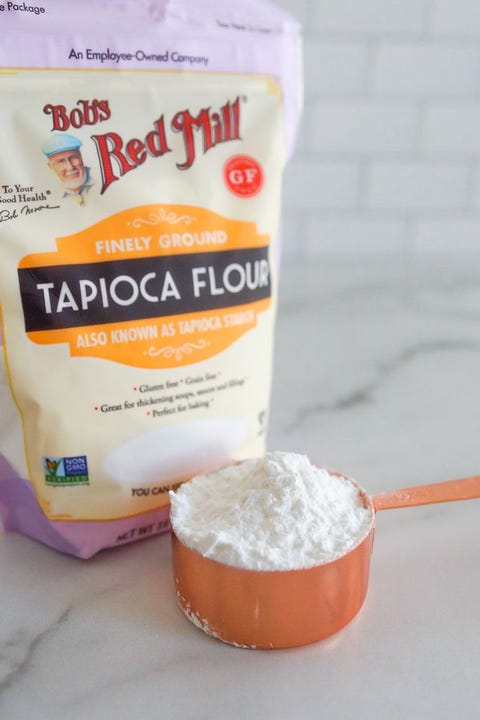
7 Best Tapioca Flour Substitutes - Easy Tapioca Starch Swaps
Here's What You Can Substitute For Tapioca Flour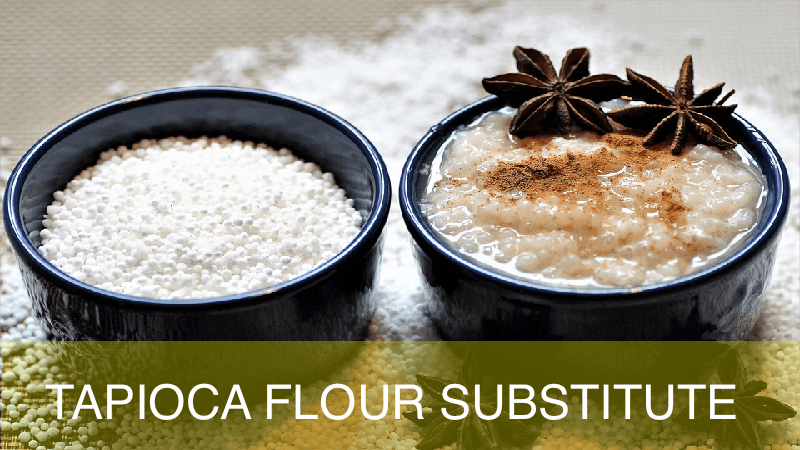
Tapioca Flour Substitute: What Can I Substitute for Tapioca Flour? - Recipe Marker
Tapioca Flour Substitute: What Can I Substitute for Tapioca Flour? - Recipe Marker
6 Easiest Alternatives to Tapioca Flour For Your Recipes | Fitibility
Tapioca Flour Substitute - The Best Tapioca Replacements - The Kitchen Revival
6 Substitutes for Tapioca Flour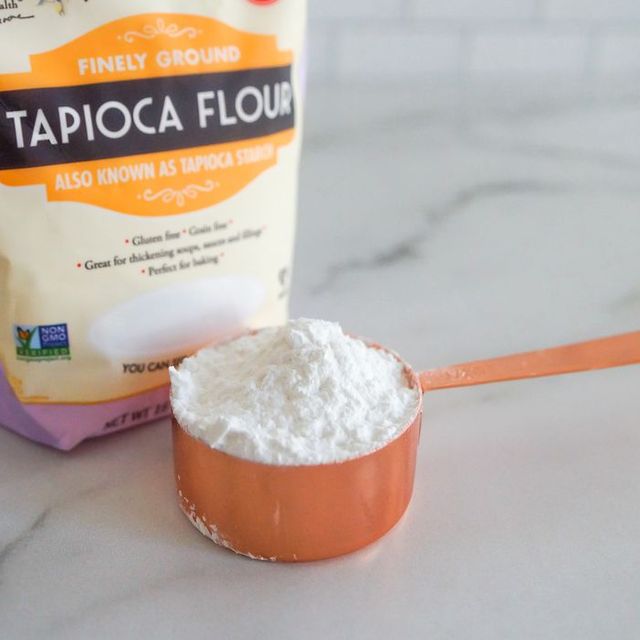
7 Best Tapioca Flour Substitutes - Easy Tapioca Starch Swaps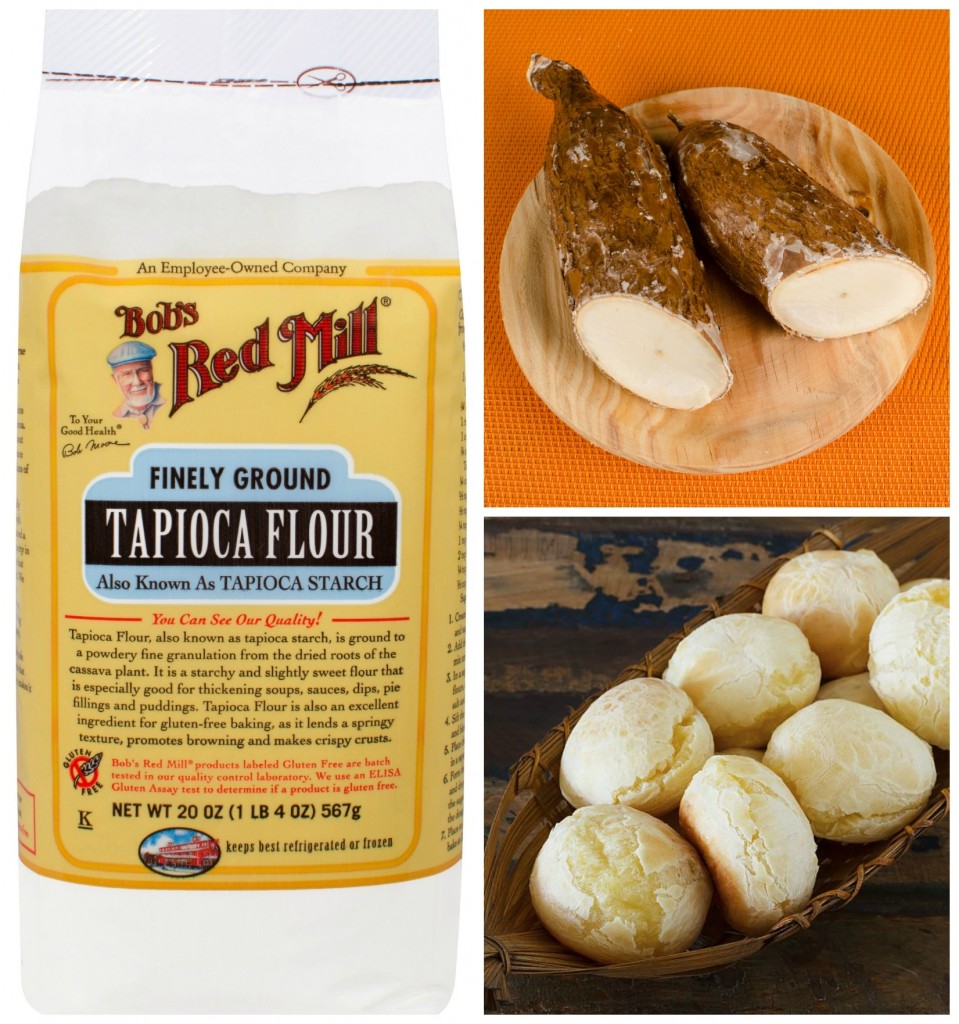
What Is Tapioca Flour vs. Tapioca Starch | Bob's Red Mill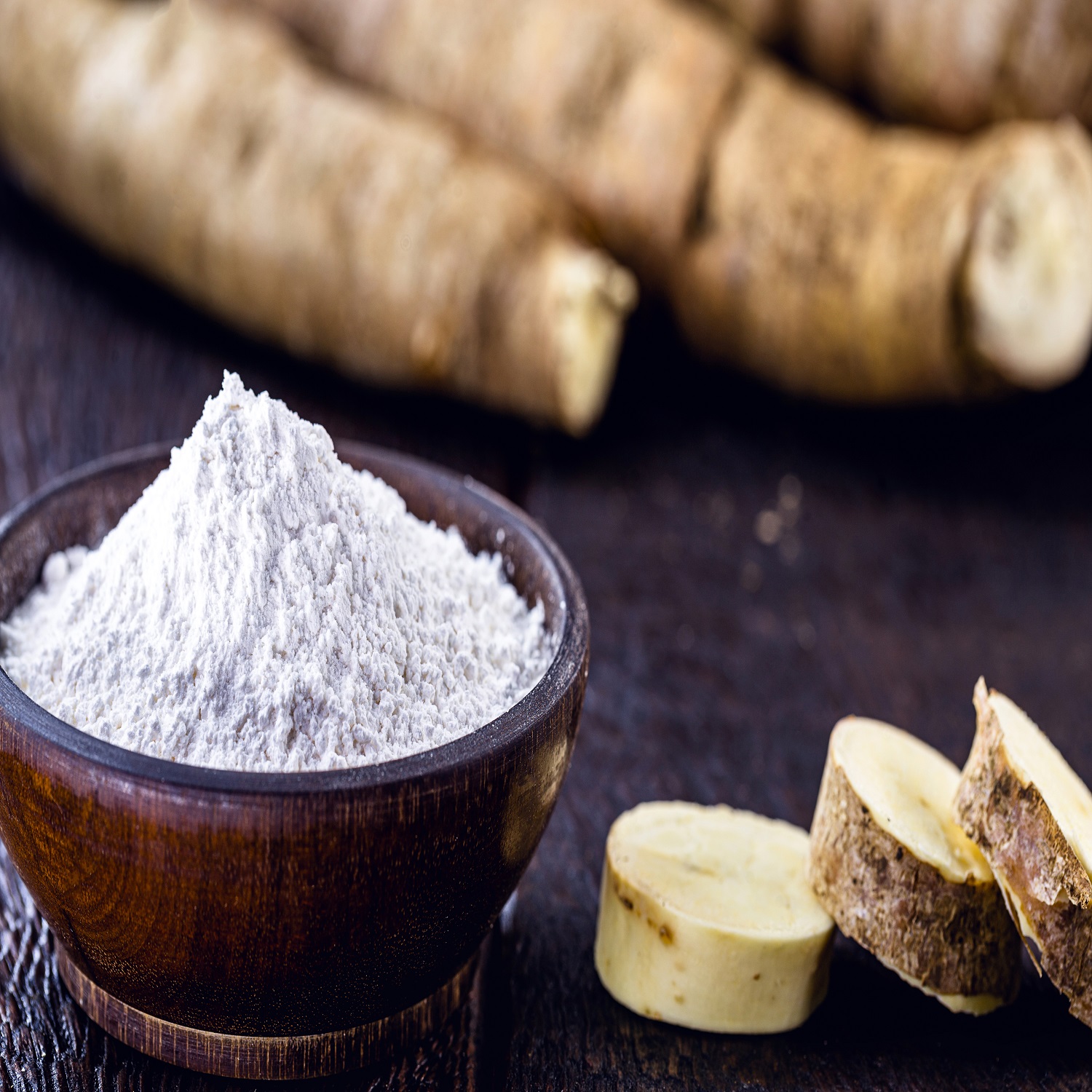
Tapioca Flour-the Top 6 Tapioca Flour Substitutes - Slice Pizzeria
Here's What You Can Substitute For Tapioca Flour/tapiocawestend61GettyImages-186470043-594826d73df78c537b84b5bd.jpg)
Instant Tapioca Substitute for Pie Filling and Cobblers
Running Short of Potato Starch? Here are Some Good Substitutes - Tastessence
FREE INFO 21 TAPIOCA STARCH SUBSTITUTE CORNSTARCH DOWNLOAD PDF DOC ZIP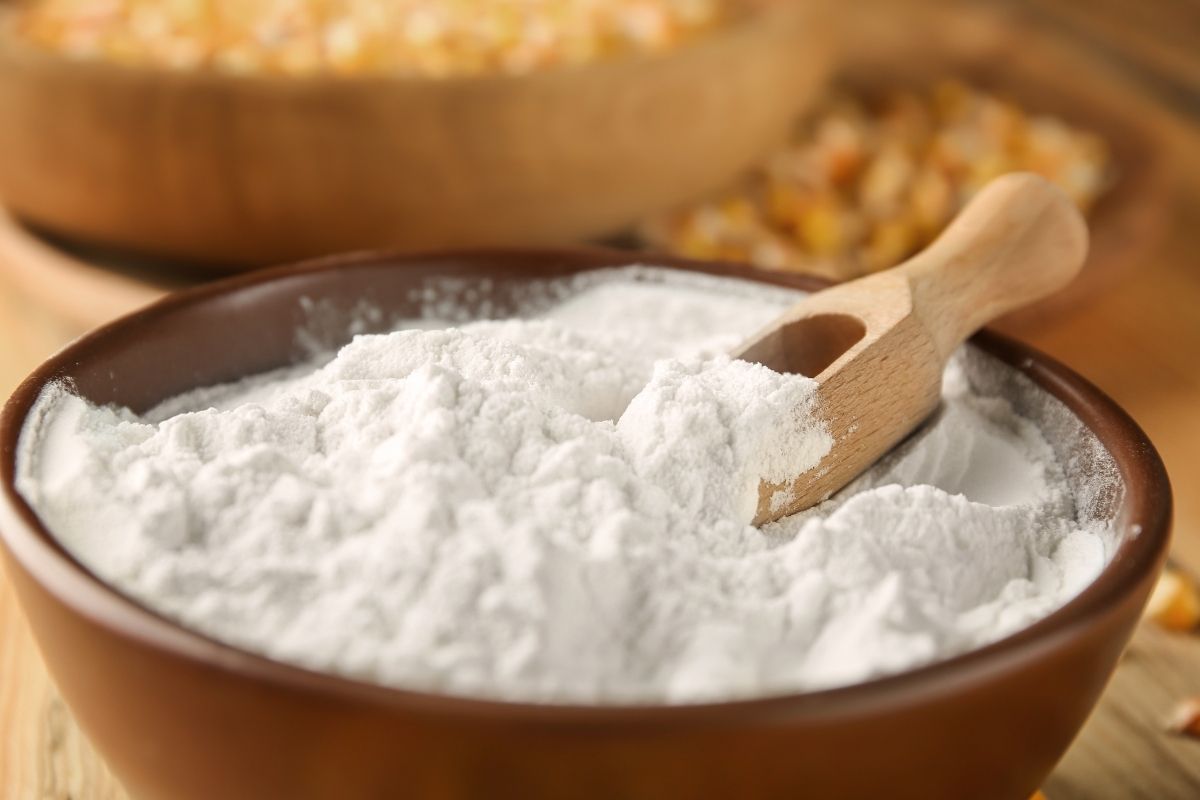
Tapioca Flour Substitute: What Can I Substitute for Tapioca Flour? - Recipe Marker
Tapioca Flour Substitutes | Bob's Red Mill
Tapioca Flour Substitutes | Bob's Red Mill
Tapioca Flour Substitutes | Bob's Red Mill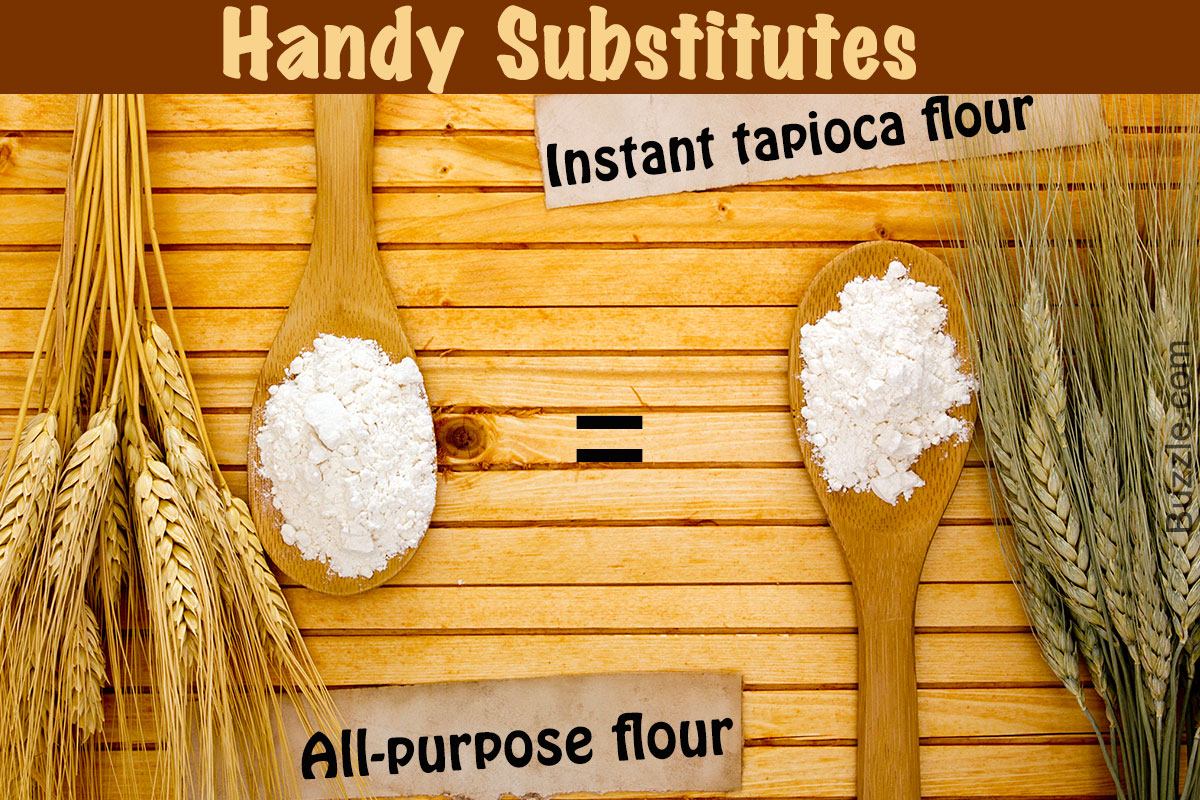
Tapioca Starch Substitute Photos Download JPG, PNG, GIF, RAW, TIFF, PSD, PDF and Watch Online
Tapioca Flour-the Top 6 Tapioca Flour Substitutes - Slice Pizzeria
All About Starches - Bob's Red Mill Blog
Tapioca Flour Substitutes | Bob's Red Mill
3 Ingredient Easy Homemade Boba Tapioca Pearl • Cooking in Chinglish
Tapioca Flour Substitutes That Do Not Compromise on Taste - Tastessence
Tapioca Flour Substitutes | Bob's Red Mill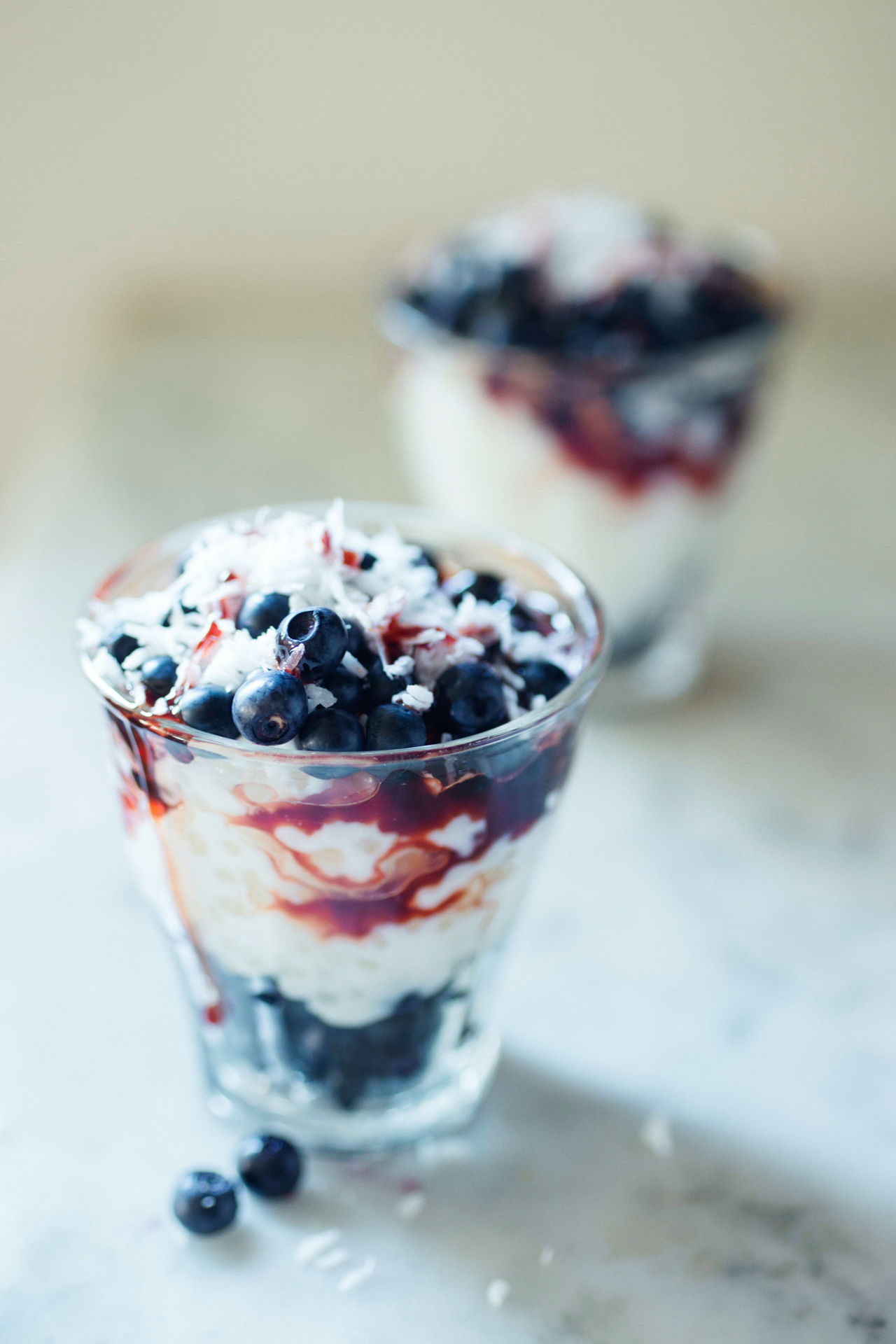
Tapioca Flour Substitutes That Do Not Compromise on Taste - Tastessence
The Best Gluten-Free Flour Alternative: Tapioca - NeelyQuinn.com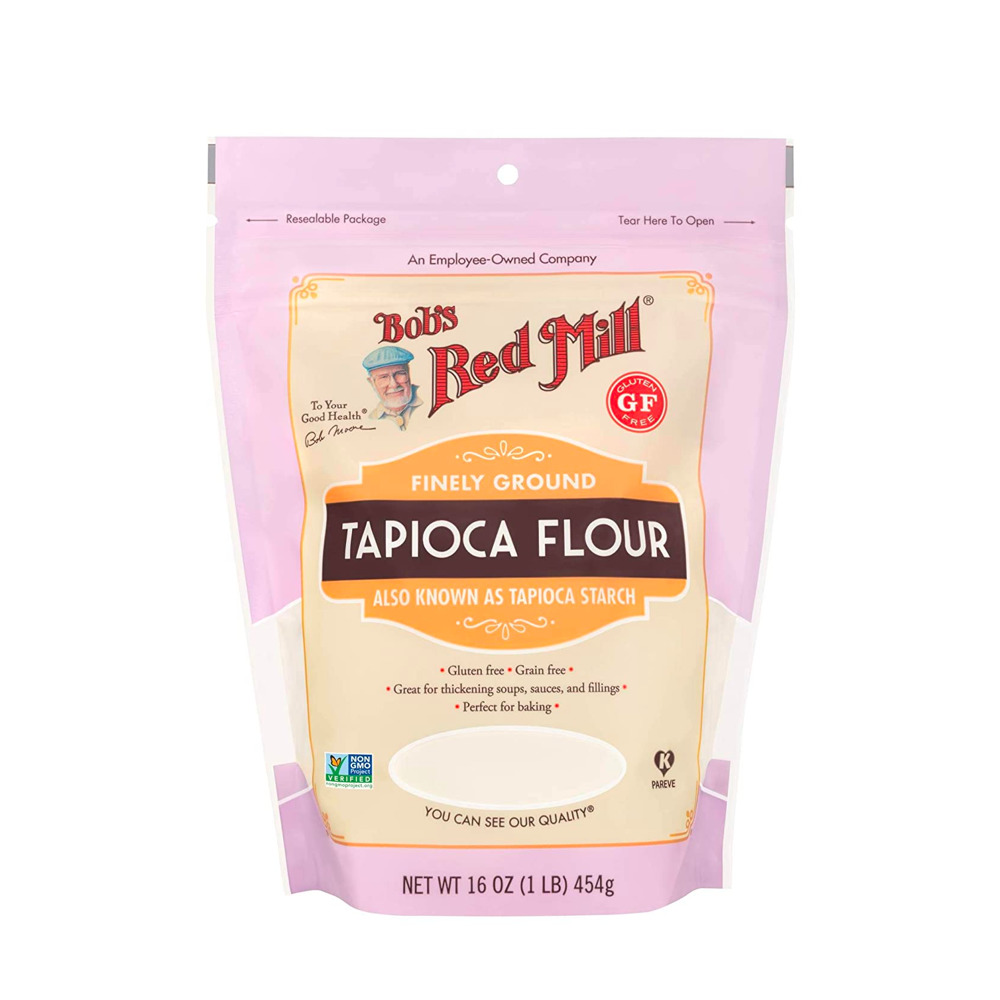
Tapioca Flour | Minimalist Baker
Tapioca Flour Substitutes | Bob's Red Mill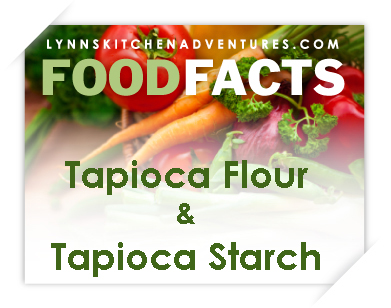
What is Tapioca Flour and Tapioca Starch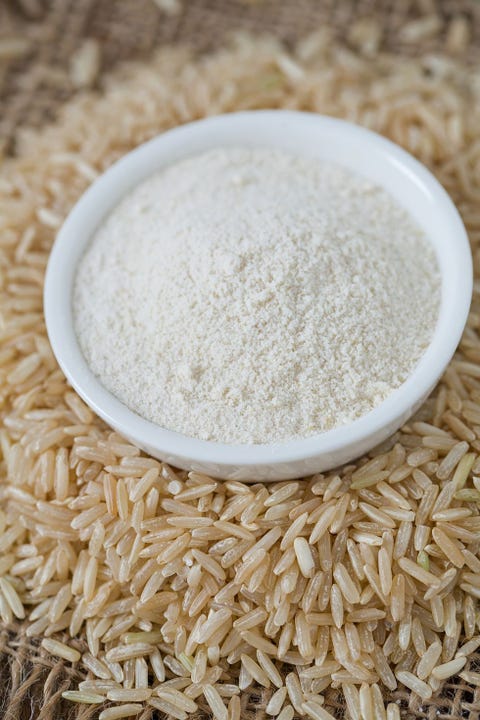
7 Best Tapioca Flour Substitutes - Easy Tapioca Starch Swaps
Tapioca Starch Substitute, टैपिओका स्टार्च in Ghatkopar West, Mumbai , Standard Industries | ID: 7314481112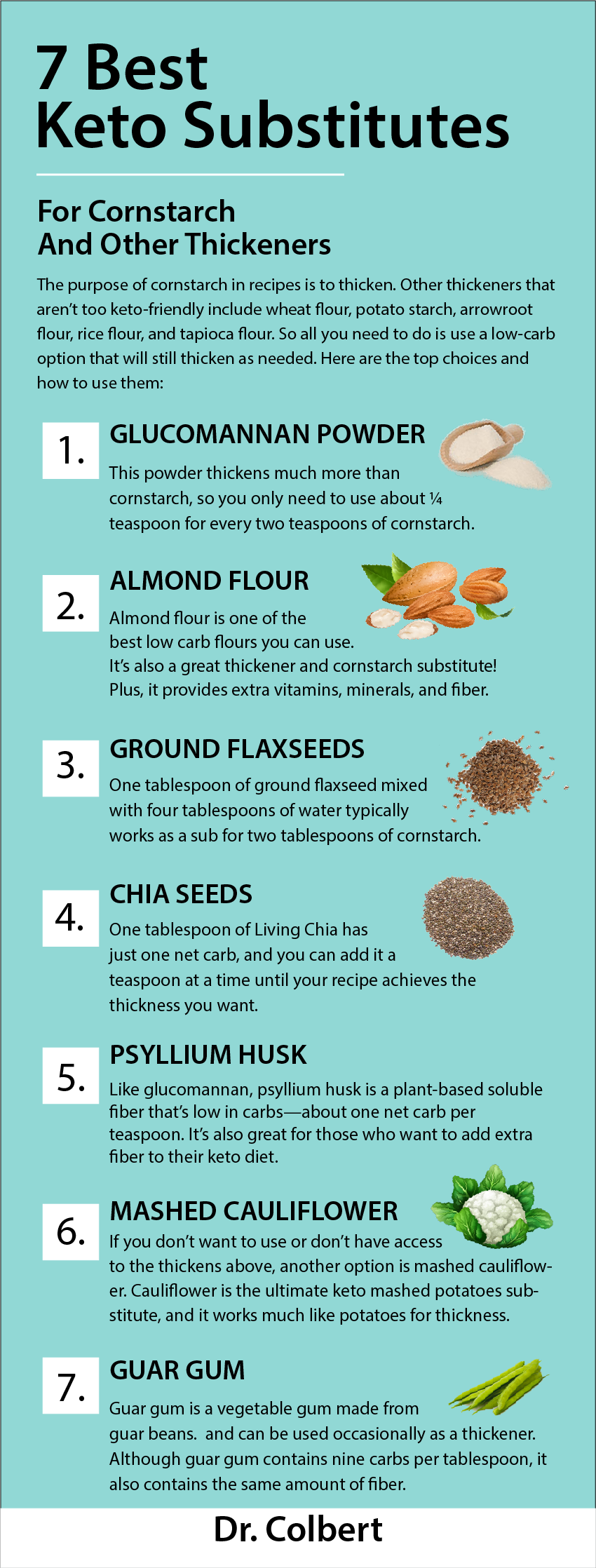
Dr. Don Colbert - Divine Health
6 tapioca flour substitute options to save your day - Wonderfully Curated News
6 tapioca flour substitute options to save your day![Is Tapioca Flour Keto Friendly? [Keto Friendly Substitutes] - The Art Of Keto Is Tapioca Flour Keto Friendly? [Keto Friendly Substitutes] - The Art Of Keto](https://www.theartofketo.com/wp-content/uploads/2020/01/IS-TAPIOCA-FLOUR-KETO-FRIENDLY-PINTEREST.jpg)
Is Tapioca Flour Keto Friendly? [Keto Friendly Substitutes] - The Art Of Keto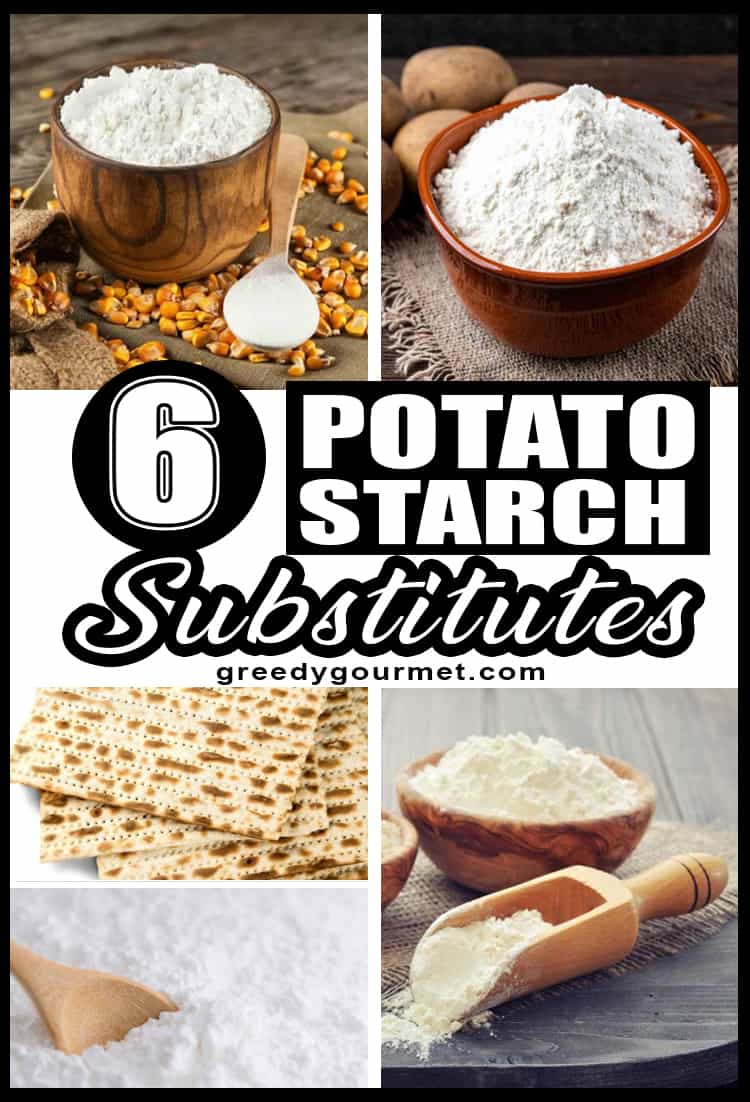
6 Potato Starch Substitutes - Discover What They Are And How To Use Them
7 Best Tapioca Flour Substitutes - Easy Tapioca Starch Swaps
6 tapioca flour substitute options to save your day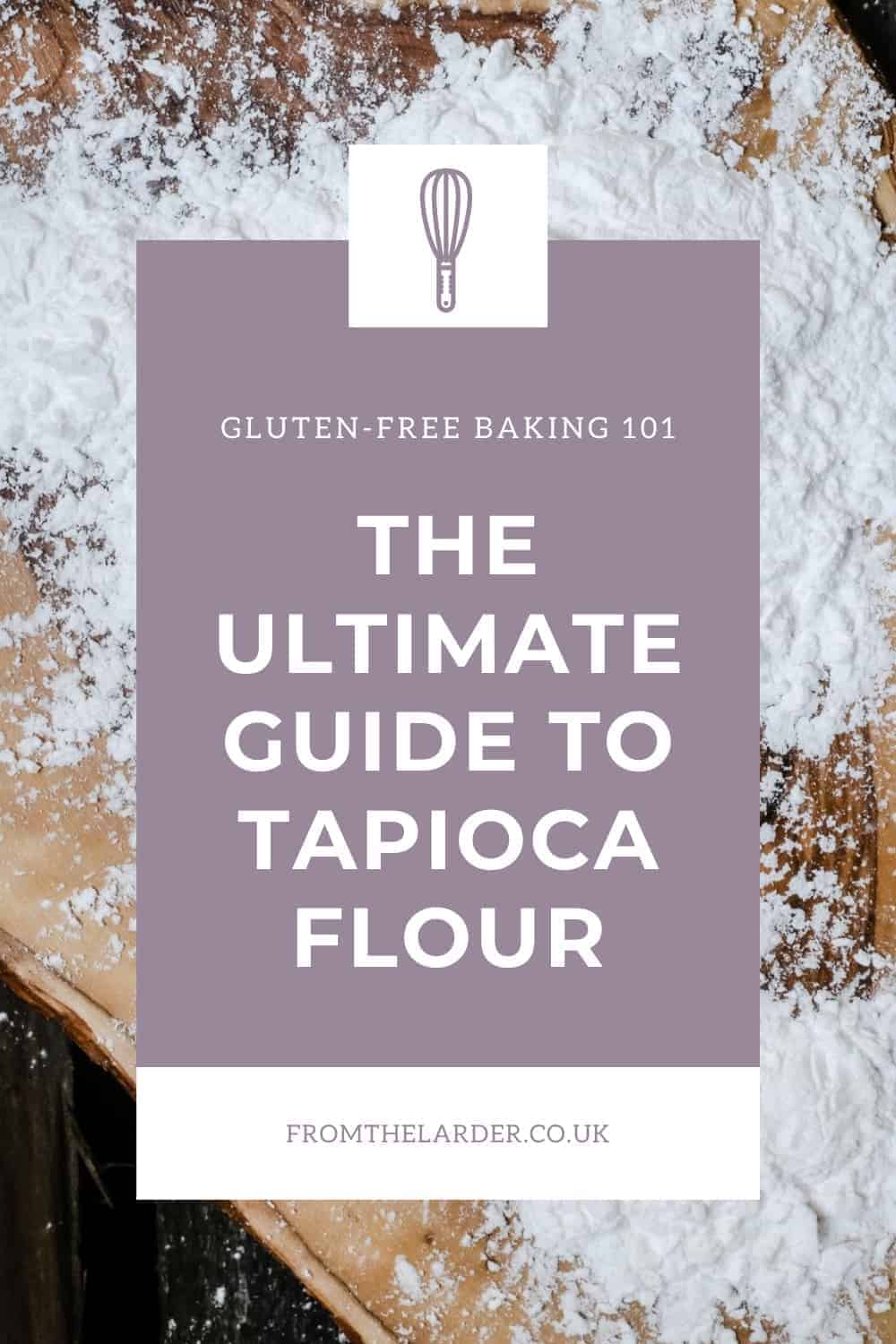
The Ultimate Guide To Tapioca Flour - From The Larder
 6 Substitutes for Tapioca Flour
6 Substitutes for Tapioca Flour










/tapiocawestend61GettyImages-186470043-594826d73df78c537b84b5bd.jpg)





















![Is Tapioca Flour Keto Friendly? [Keto Friendly Substitutes] - The Art Of Keto Is Tapioca Flour Keto Friendly? [Keto Friendly Substitutes] - The Art Of Keto](https://www.theartofketo.com/wp-content/uploads/2020/01/IS-TAPIOCA-FLOUR-KETO-FRIENDLY-PINTEREST.jpg)




Posting Komentar untuk "substitute for tapioca flour"